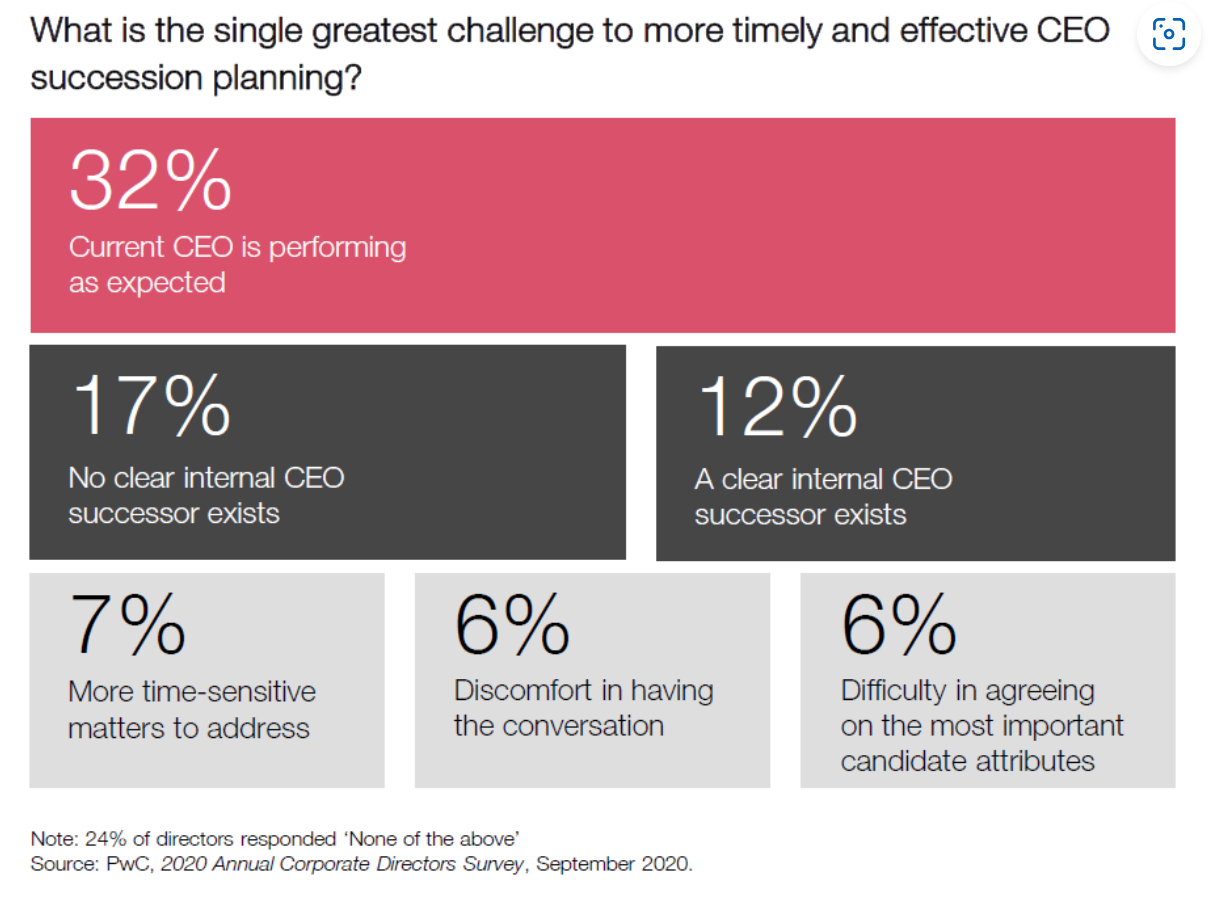Succession Planning for the Win
While coaching a client recently, I recalled a great lesson I learned from an old boss.
I was so proud that my client trusted me so much that he wouldn’t let anyone else take the lead on his projects. When I told my boss about this, he replied,
“That’s good, but it can also be a trap. The real test of your client relationship and your leadership is when you can develop your team to take your place and get your client to trust someone else. Until you do that, you and your team will be stuck in the same spot and not able to take on new opportunities. You should always be building your own succession plan.”
This applies to us as individuals, as leaders of teams, and as stakeholders in corporate operations. Consider succession planning through each of these lenses.
You: Let go to grow
Feeling overwhelmed by all that is on your plate but reluctant to ask for help because you feel that others are equally busy?
It’s time to go beyond delegating tasks to distributing authority. By granting decision making powers to other team members and designing the processes and roles around them to make them successful, all of you can take the next step in your growth as experts and leaders.
Still not sure? Consider this scenario: What would happen if you were unexpectantly unable to work? Would your team be able to step in and fill in with minimal disruption? Have you identified and developed backups for all of your functional responsibilities? Could you say Yes to the next great opportunity?
Team: Mitigate turnover
Our teams are constantly changing. The best thing leaders can do is to minimize the impact of these changes. One way to do this is to conduct a regular risk assessment to help you identify the likelihood and impact on the group if any of your key people leave.
Use a simple High/Medium/Low scale and focus on those who are 1) a high flight risk; and 2) whose departure would have a high (negative) impact on your organization. Then you can mitigate the right risks for the right people to minimize the impact to your operations.
Consider developing Value Propositions for your key people to stay.
Leadership: Plan when things are good
Too many companies wait until a crisis to plan their leadership succession and then scramble to adhere to clear governance and select the right candidates.
Even when your current leadership is performing well or you believe you have a strong pipeline to choose from, establishing a process for this inevitable change is critical, no matter how big or small your business is.
Set clear governance for the selection. Don’t have a Board of Directors/Advisors? Engage at least one outsider to help manage any selection or confirmation bias in your decision.
Use it as an opportunity for change. Every departure is an opportunity. Don’t assume you are replacing the same skills and experience. Consider future needs and align your selection to put the company on the right path to meet these emerging goals.
Engage more broadly. These plans and activities shouldn’t happen behind closed doors. Engaging your current CEO from the beginning and reaching out to internal and external stakeholders demonstrates your ownership of and control over the process. This not only makes the ultimate transition smoother, but also builds confidence in the entire community.

